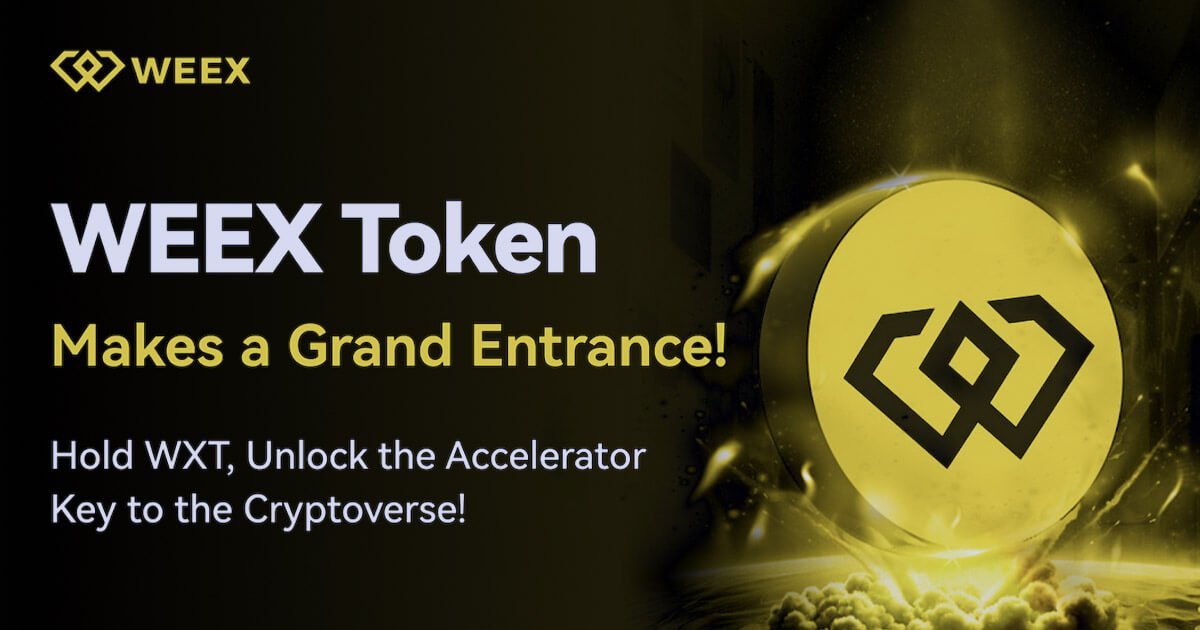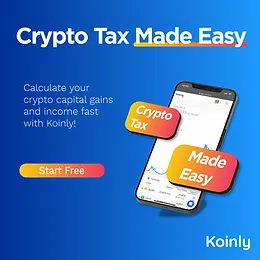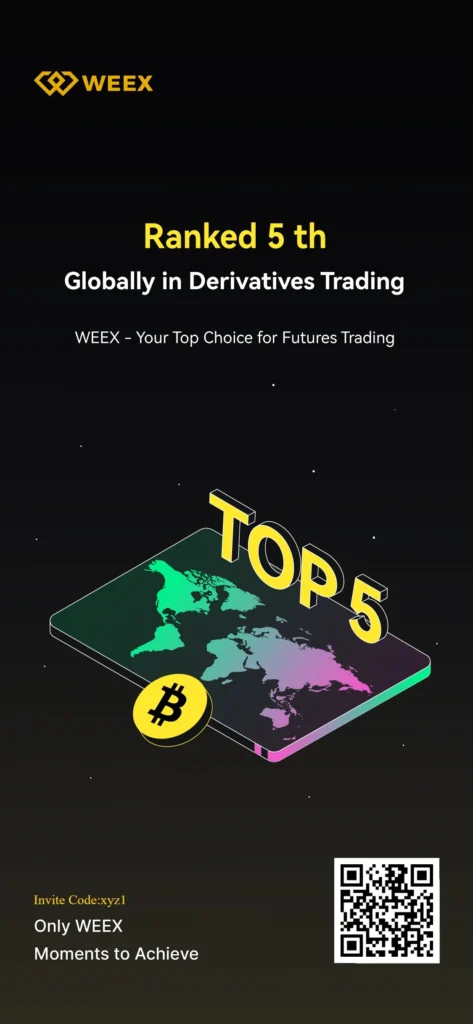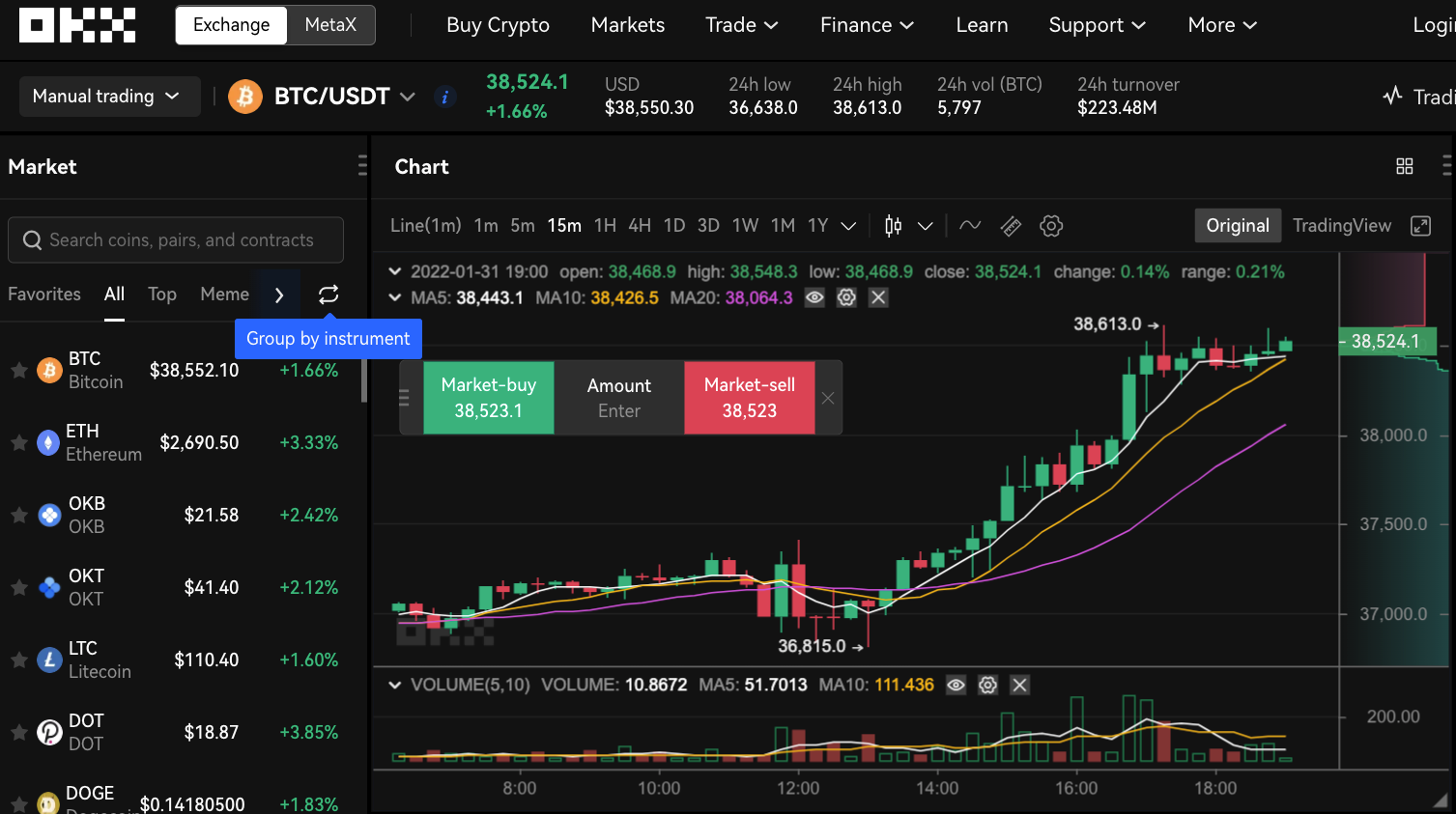
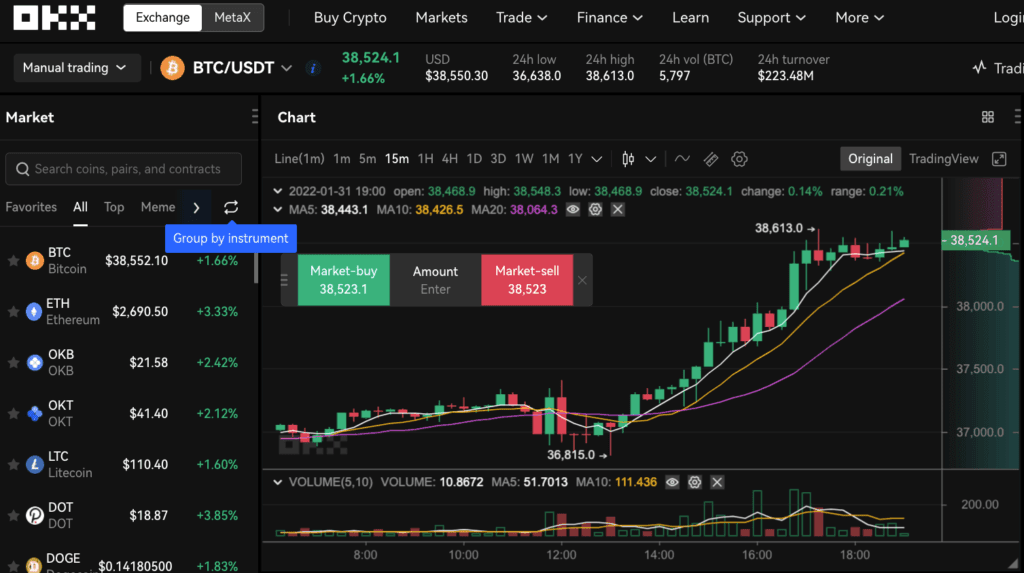
In the ever-evolving landscape of blockchain technology, one of the most exciting developments has been the ability to bridge different blockchain networks. This cross-chain innovation is becoming increasingly important as different ecosystems offer unique features and benefits. Recently, OKX, one of the world’s leading cryptocurrency exchanges, made headlines by bringing Solana’s ‘Blinks’ to the Ethereum network. This move is not just a technical achievement; it’s a significant step forward in making blockchain networks more interoperable, opening up new possibilities for developers, investors, and users alike.
What Are ‘Blinks’?
Before diving into the details of OKX’s latest innovation, it’s essential to understand what Solana’s ‘Blinks’ are. In simple terms, ‘Blinks’ are a type of lightweight, fast, and efficient transaction on the Solana blockchain. They are designed to be incredibly quick, with the capability of processing thousands of transactions per second. This high-speed capability has made Solana a popular choice for decentralized applications (dApps) and decentralized finance (DeFi) projects that require fast transaction speeds and low fees.
Solana has gained a reputation for being one of the fastest blockchains in the world, thanks to its unique consensus mechanism called Proof of History (PoH). Blinks take full advantage of this speed, enabling near-instantaneous transactions that are crucial for applications like high-frequency trading, gaming, and other use cases that demand rapid processing.
The Challenge of Cross-Chain Compatibility
While Solana has proven its capabilities, the challenge has always been how to integrate these features with other major blockchains like Ethereum. Ethereum, being the most widely used blockchain for smart contracts and dApps, has a vast ecosystem, but it’s not without its limitations. One of the most significant issues has been its scalability, leading to slower transaction speeds and higher fees compared to newer blockchains like Solana.
This is where OKX’s innovation comes into play. By bringing Solana’s Blinks to Ethereum, OKX is effectively bridging the gap between these two powerful ecosystems. This cross-chain integration allows users and developers to benefit from the best of both worlds—Solana’s speed and efficiency combined with Ethereum’s robust smart contract capabilities and extensive network.
How OKX Achieved This Integration
The integration of Solana’s Blinks into the Ethereum network is a technical marvel that showcases the potential of cross-chain technology. OKX achieved this by using a combination of smart contracts and cross-chain bridges. These bridges act as connectors between the two blockchains, allowing assets and data to move seamlessly from one network to another.
The process begins with a transaction on the Solana network, where Blinks are initiated. These transactions are then encapsulated and transferred through the cross-chain bridge to the Ethereum network. On Ethereum, the transaction is unpacked and executed as if it were native to the Ethereum blockchain. This process is made secure by a series of cryptographic proofs that ensure the transaction’s integrity across both networks.
One of the most significant advantages of this integration is that it allows developers to create dApps on Ethereum that can leverage the speed and efficiency of Solana’s Blinks. This opens up a new world of possibilities for DeFi, gaming, and other sectors that require high-speed transactions. Moreover, it allows Ethereum users to enjoy lower transaction costs and faster processing times, which have been major pain points for the network.
The Impact on the Blockchain Ecosystem
The introduction of Solana’s Blinks on the Ethereum network is more than just a technical feat—it has profound implications for the broader blockchain ecosystem. By making cross-chain compatibility more accessible, OKX is helping to break down the barriers that have traditionally siloed different blockchain networks. This move towards greater interoperability is crucial for the future of blockchain technology, as it enables a more interconnected and efficient digital economy.
For users, this means more flexibility and choice. No longer will they be limited to the features and limitations of a single blockchain. Instead, they can take advantage of the unique benefits offered by multiple networks, seamlessly moving assets and executing transactions across them. This could lead to a more vibrant and competitive marketplace, where the best features of different blockchains are combined to create superior products and services.
For developers, the ability to build cross-chain dApps that utilize the strengths of both Solana and Ethereum could lead to a new wave of innovation. We may see the emergence of applications that were previously impossible due to the limitations of a single blockchain. This could include everything from ultra-fast DeFi platforms to complex gaming ecosystems that require rapid transaction processing.
The Future of Cross-Chain Integration
OKX’s introduction of Solana’s Blinks to Ethereum is likely just the beginning of a broader trend towards cross-chain integration. As more blockchain networks emerge, the ability to connect them will become increasingly important. We can expect to see more innovations in this space, with other exchanges and platforms exploring similar integrations.
In the long term, the goal is to create a fully interconnected blockchain ecosystem where assets, data, and applications can move freely between networks. This would not only enhance the functionality and efficiency of blockchain technology but also make it more accessible and user-friendly for people around the world.
FAQs and Answers
1. What are Solana’s Blinks?
Solana’s Blinks are a type of ultra-fast and efficient transaction that can process thousands of transactions per second on the Solana blockchain.
2. How did OKX bring Blinks to Ethereum?
OKX used cross-chain bridges and smart contracts to integrate Solana’s Blinks with the Ethereum network, allowing transactions to move seamlessly between the two.
3. What are the benefits of this integration?
The integration allows Ethereum users to enjoy faster transactions and lower fees, while developers can create cross-chain dApps that leverage the strengths of both Solana and Ethereum.
4. How does this impact the broader blockchain ecosystem?
This move towards cross-chain compatibility enhances the interconnectedness of blockchain networks, paving the way for a more efficient and flexible digital economy.
5. What could the future hold for cross-chain technology?
As more blockchain networks develop, cross-chain integration will likely become more common, leading to a fully interconnected blockchain ecosystem.


